Making Okito-Nielsen Chinese Sticks
16-03-2020
The illusion of the Chinese Sticks is a classic in magic. By “classic” I mean that it is such an old trick, that no one knows who invented it. It has been in the repertoires of most magicians for hundreds of years.
From the reference books we have, the Chinese Sticks are not “Chinese” at all. They are probably from European origin, and their precursor was the Pillars of Solomon effect. The original method for the Chinese Sticks can be found in a book by Ozanam written in 1693. This effect was the signature piece of talented performers from the 20th century like Silent Mora, Fred Keating, Roy Benson and Fred Kaps.
The way Nielsen Magic ended up making his effect was through meeting George Millward, who was introduced to us by Johnny Thompson over twelve years ago. George had recently moved to Las Vegas, and needed work. Johnny told us that he was a builder and we hired him to build a few tricks for us. At the time, George did not have a workshop, so he came to ours to make parts for the effects he was making. One of these effects was the classic Chinese Sticks.
George did a good job on these, and made a dozen sets which we sold immediately. However, the type of work George wanted to do at the time was to perform magic. We had a few more orders to fill, but due to performance commitments, George could not complete them.
Before he left, we asked him: “Will it be all right if we made them?” George said that he would not mind at all, as we was just too busy performing.
So, Norm and I took on the project and decided to make significant modifications on the design. The previous sticks were made out of aluminum tubing. We discarded such material in favor of brass, which has a lower coefficient of friction. The gimmick inside the sticks was steel. What we did is to make a prototype using teflon and steel as the main material.
We then sent that prototype to our machinist, Robert Boulette (aka “Bob”), and asked his thoughts about it. Bob came up with something brilliant: Instead of steel (which is very difficult to work with), he used brass, which is a more malleable metal. The entire teflon surface was replaced by sixteen little teflon bearings, so that the gimmick rides like a little car inside the stick. Finally, he added a pulley to the mechanism. Bob’s improvements are what make our Chinese Sticks so unique.
We went ahead, and started making them. Bob does all the metal machining, and we finish and assemble the Sticks in our workshop.
The metal components made to our specifications come in to our shop looking like this:
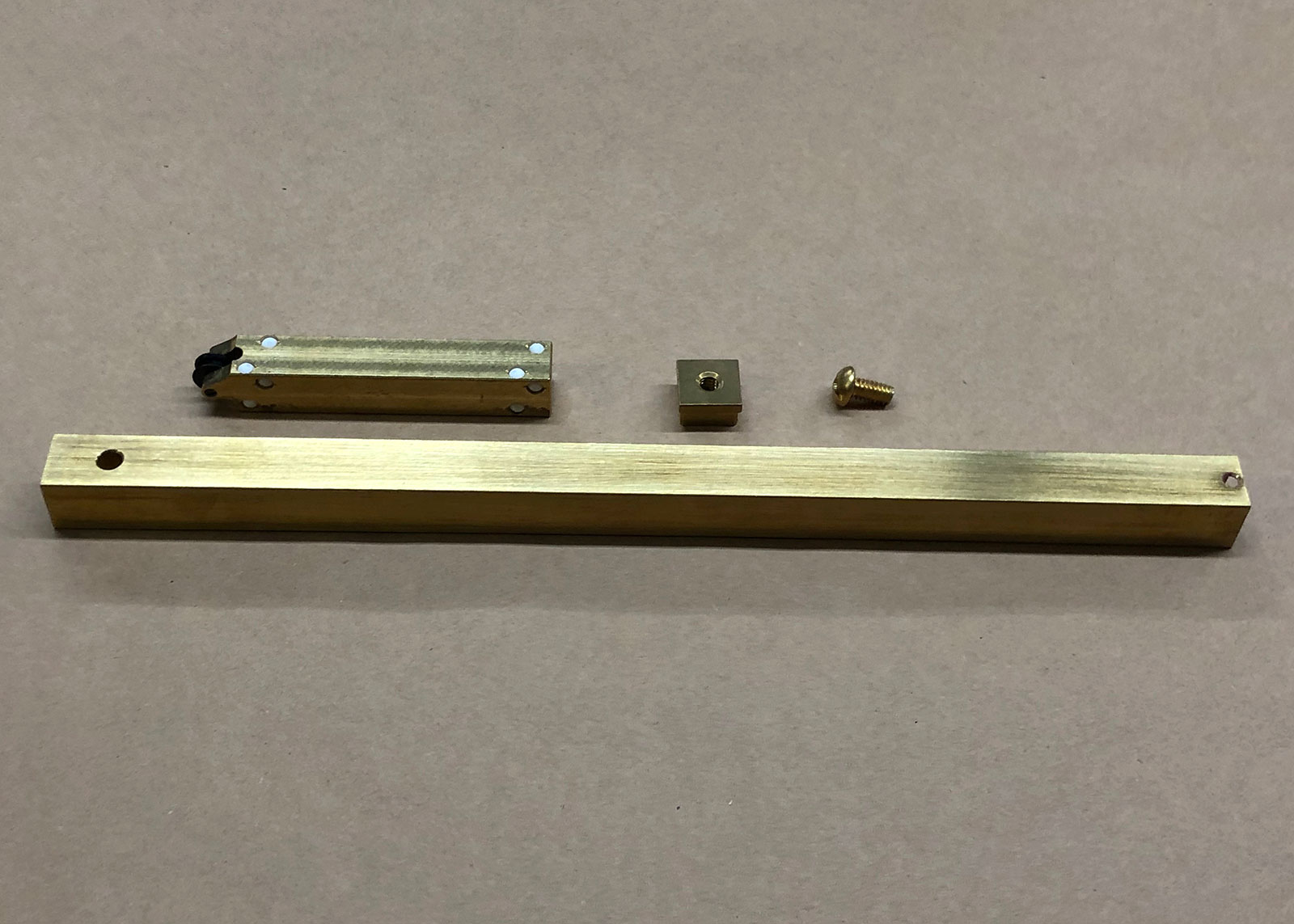
It is time now for us to paint the sticks. We sand the material to increase the “bite” of it to accept a coat of metal primer.
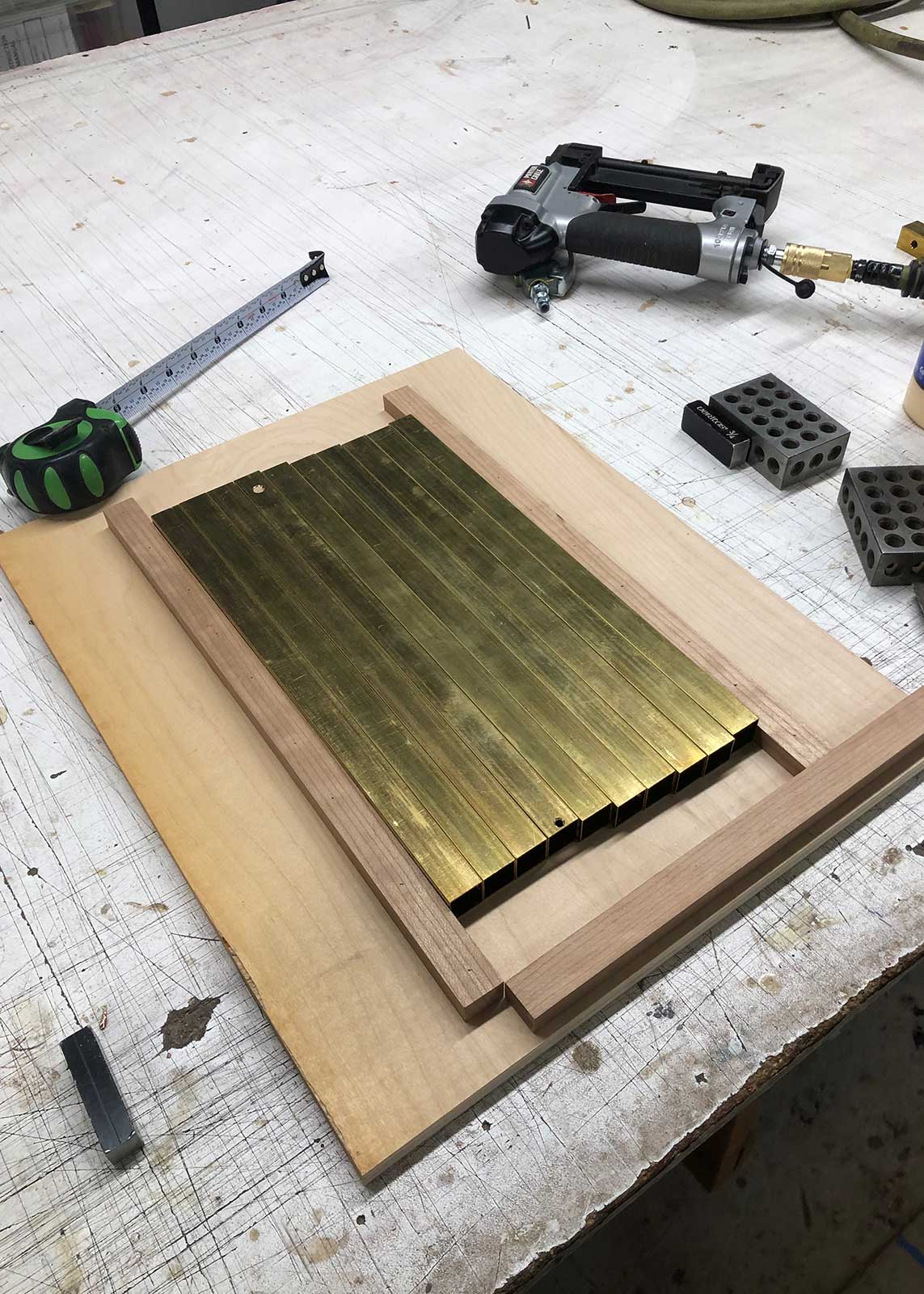
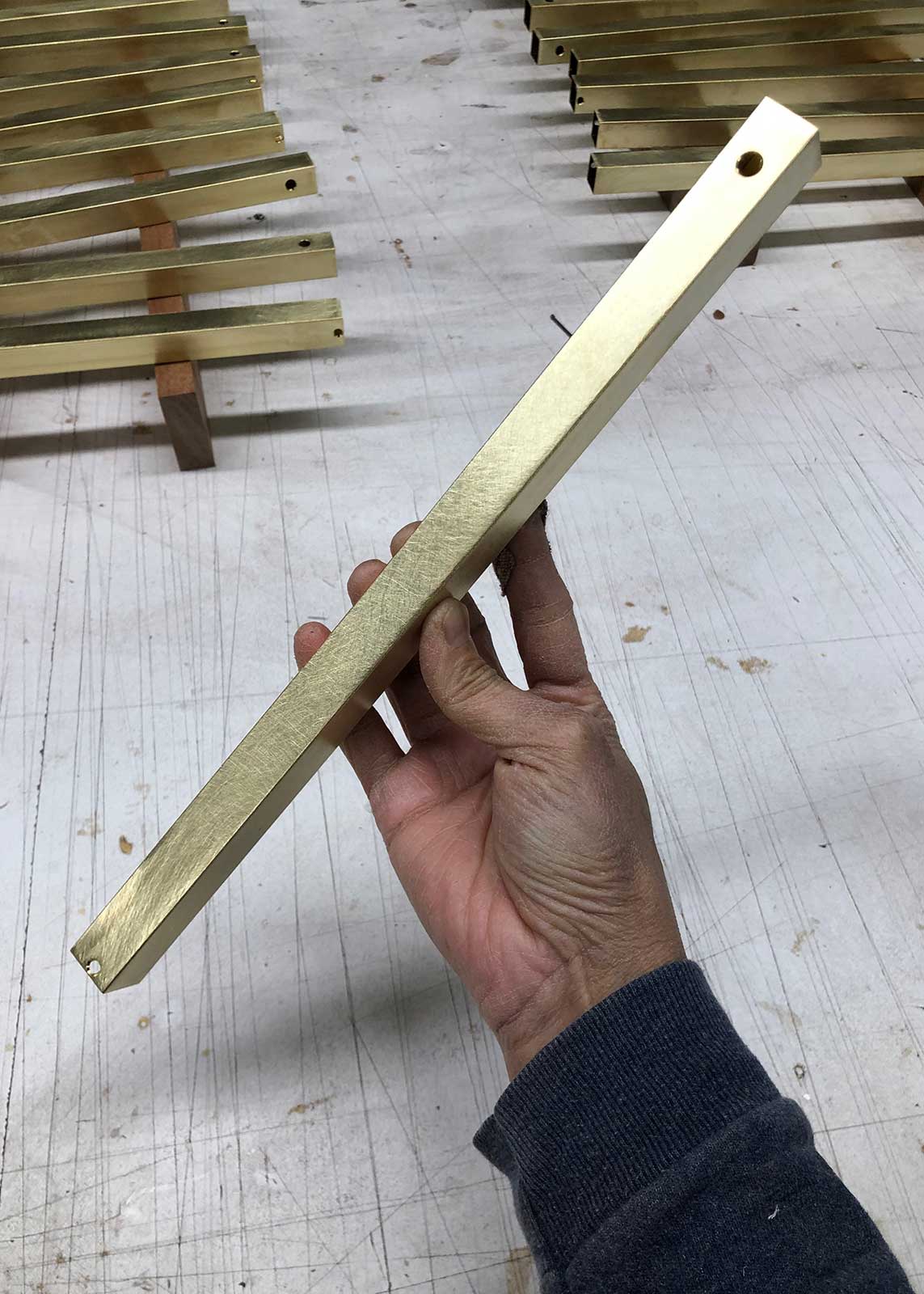
Primer comes next…
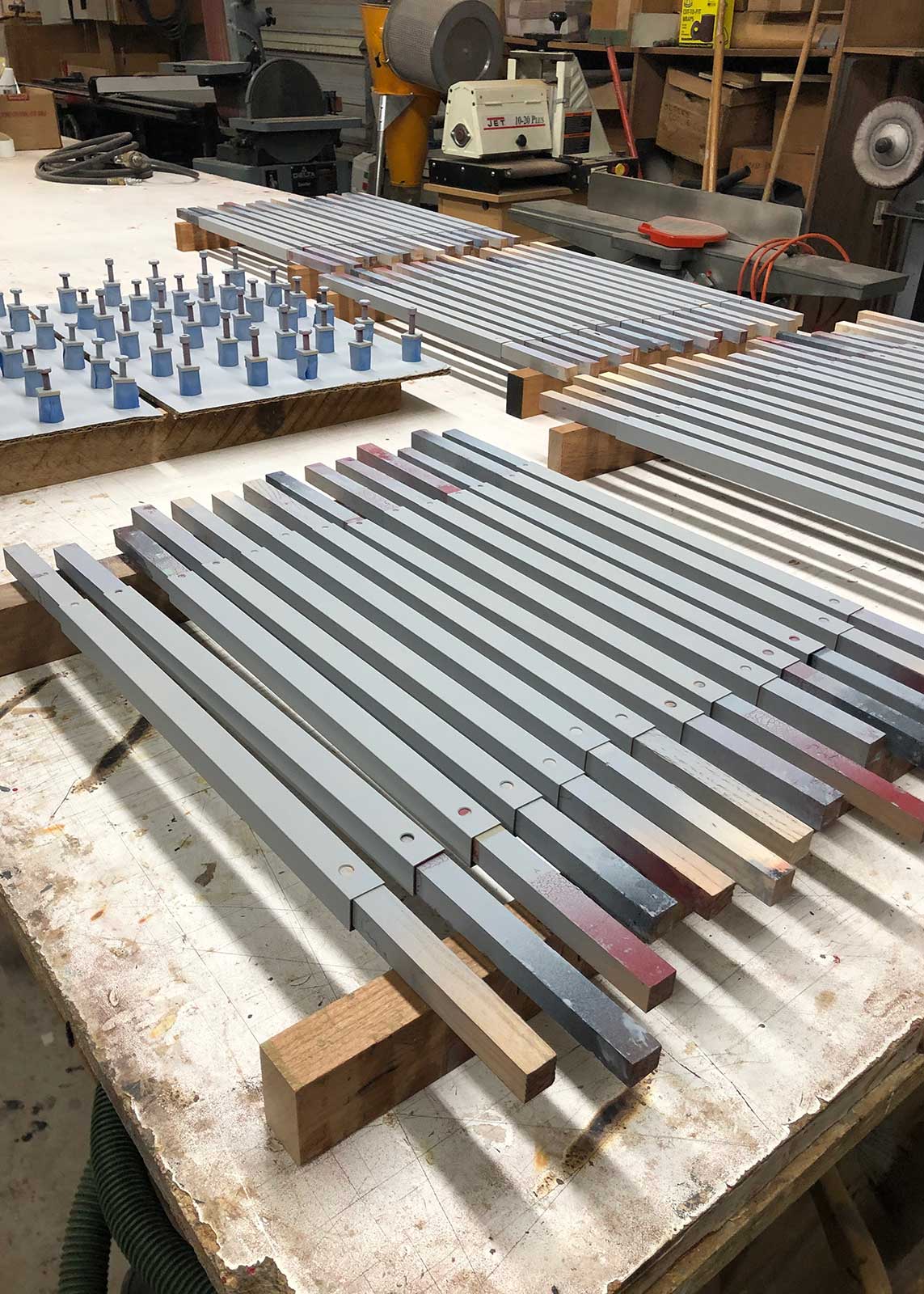
The primer is followed by a couple of coats of automotive paint, which is applied in a two color red and black configuration.
This process is followed by applying specialty and elaborate decals to the sticks, which takes days. This is a signature feature of our design.
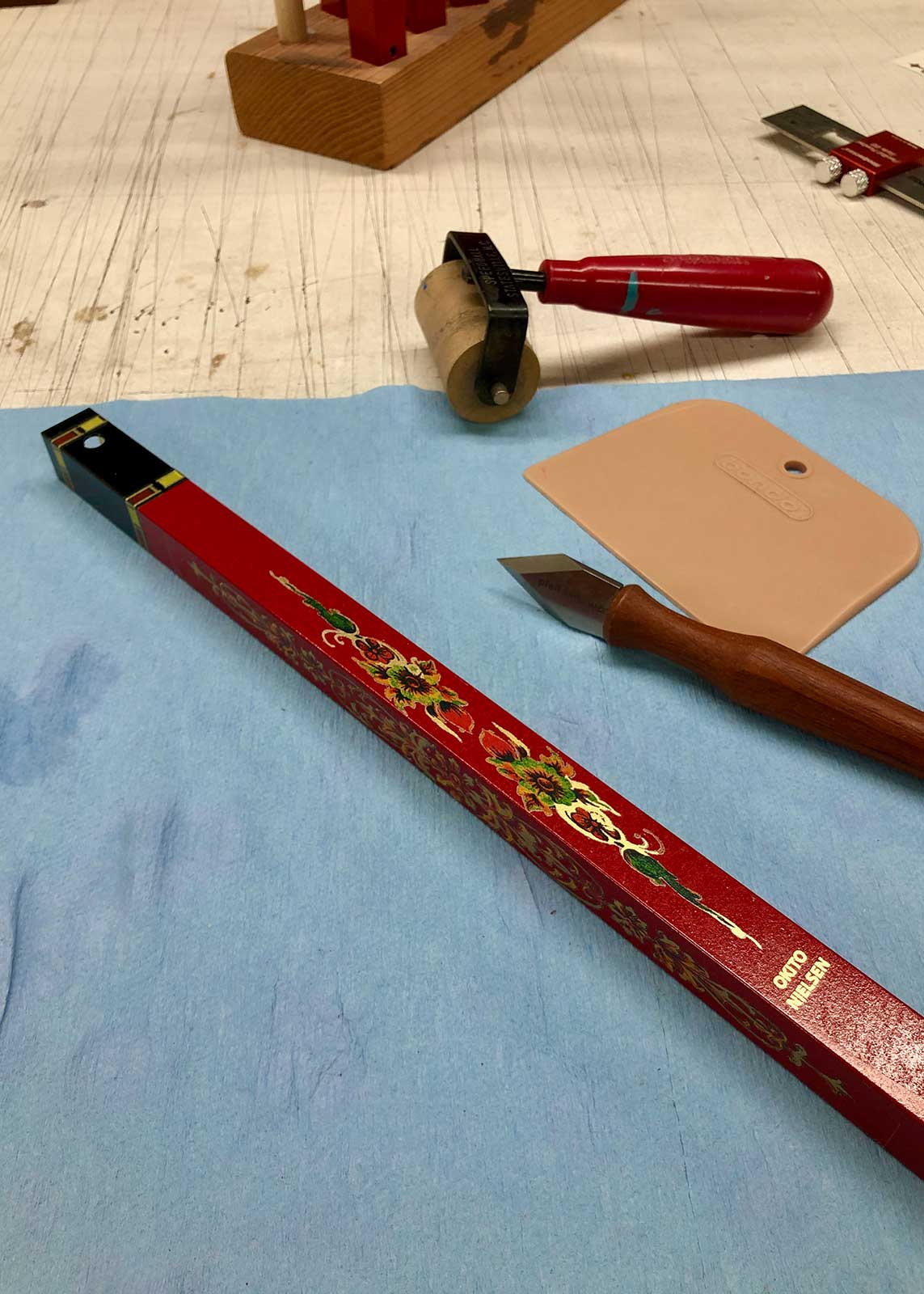
Automotive urethane is applied to them to seal the decals.
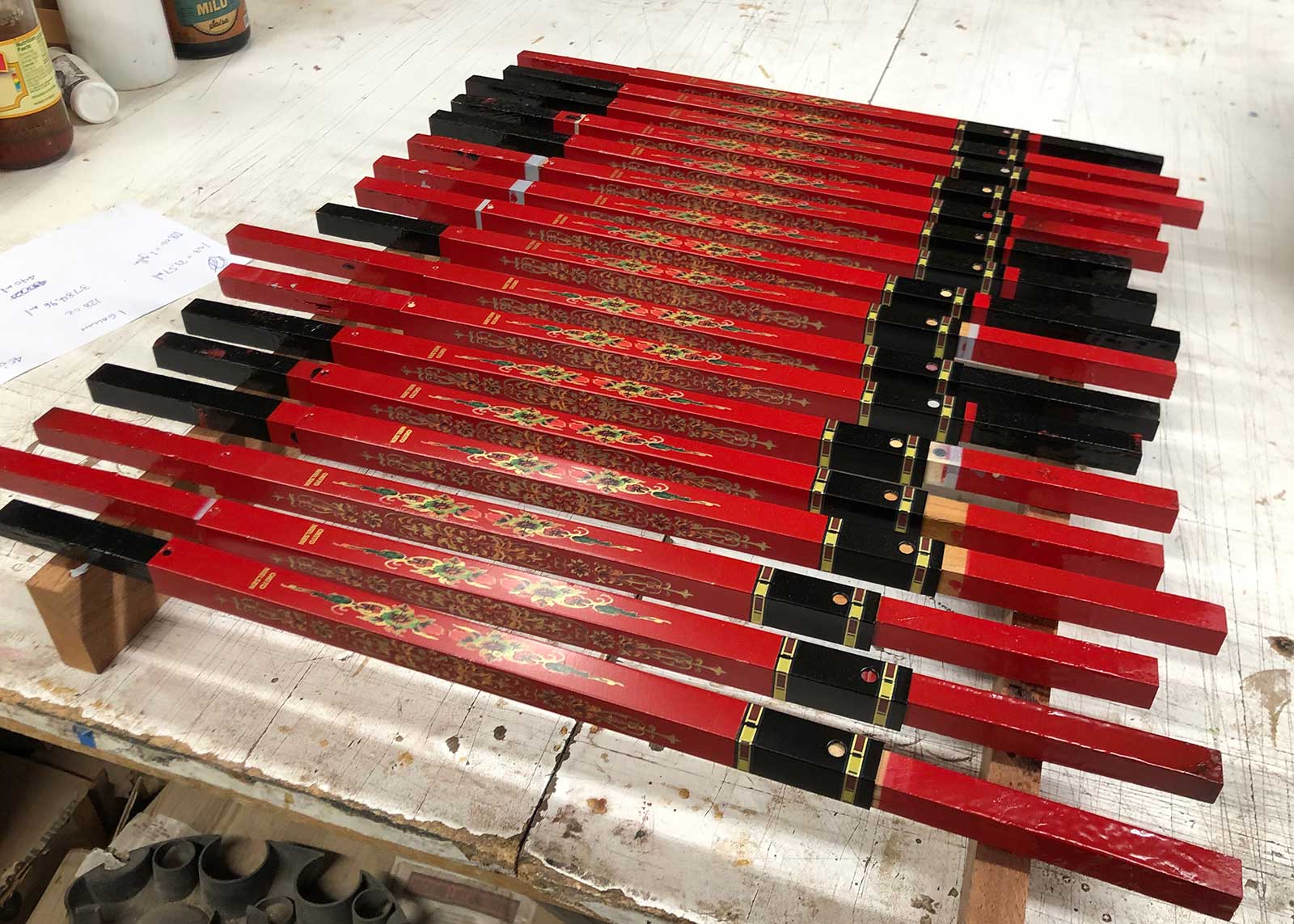
Now for the details:
We put grommets in the holes, to minimize friction and allow the string to slide smoothly.
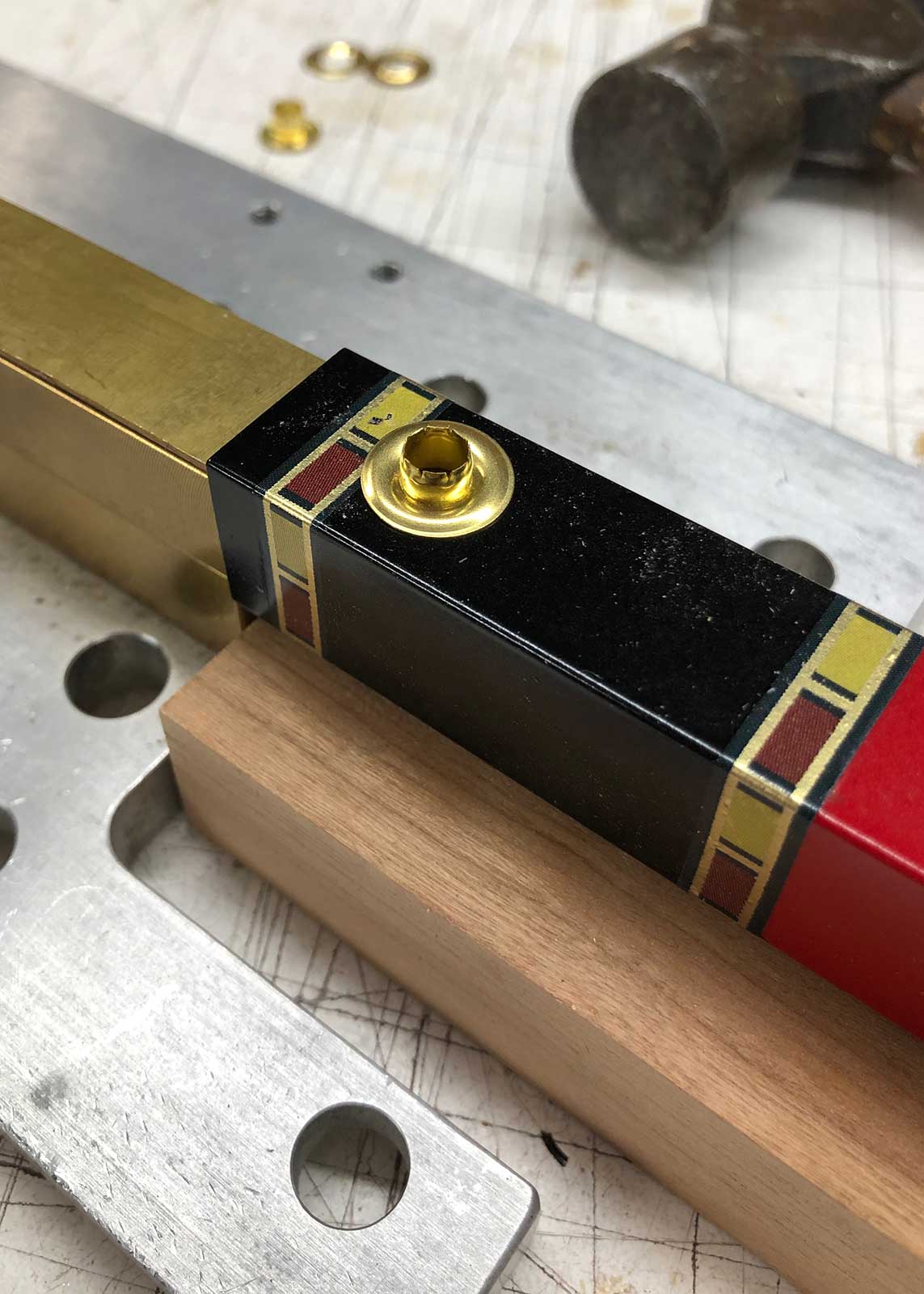
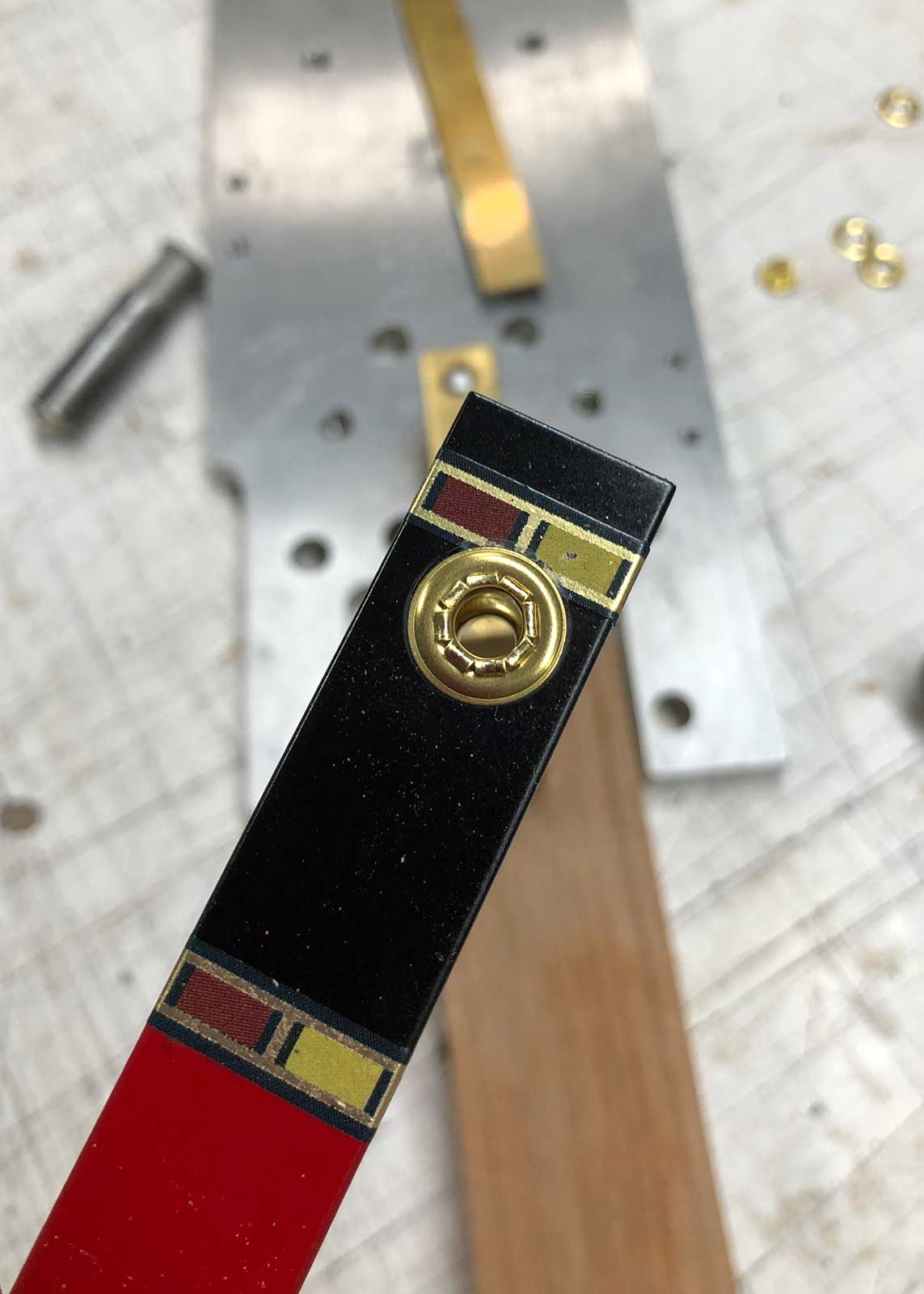
We handcraft the tassels. They are made of lightweight wool, which allows them to look big and colorful without adding much weight.
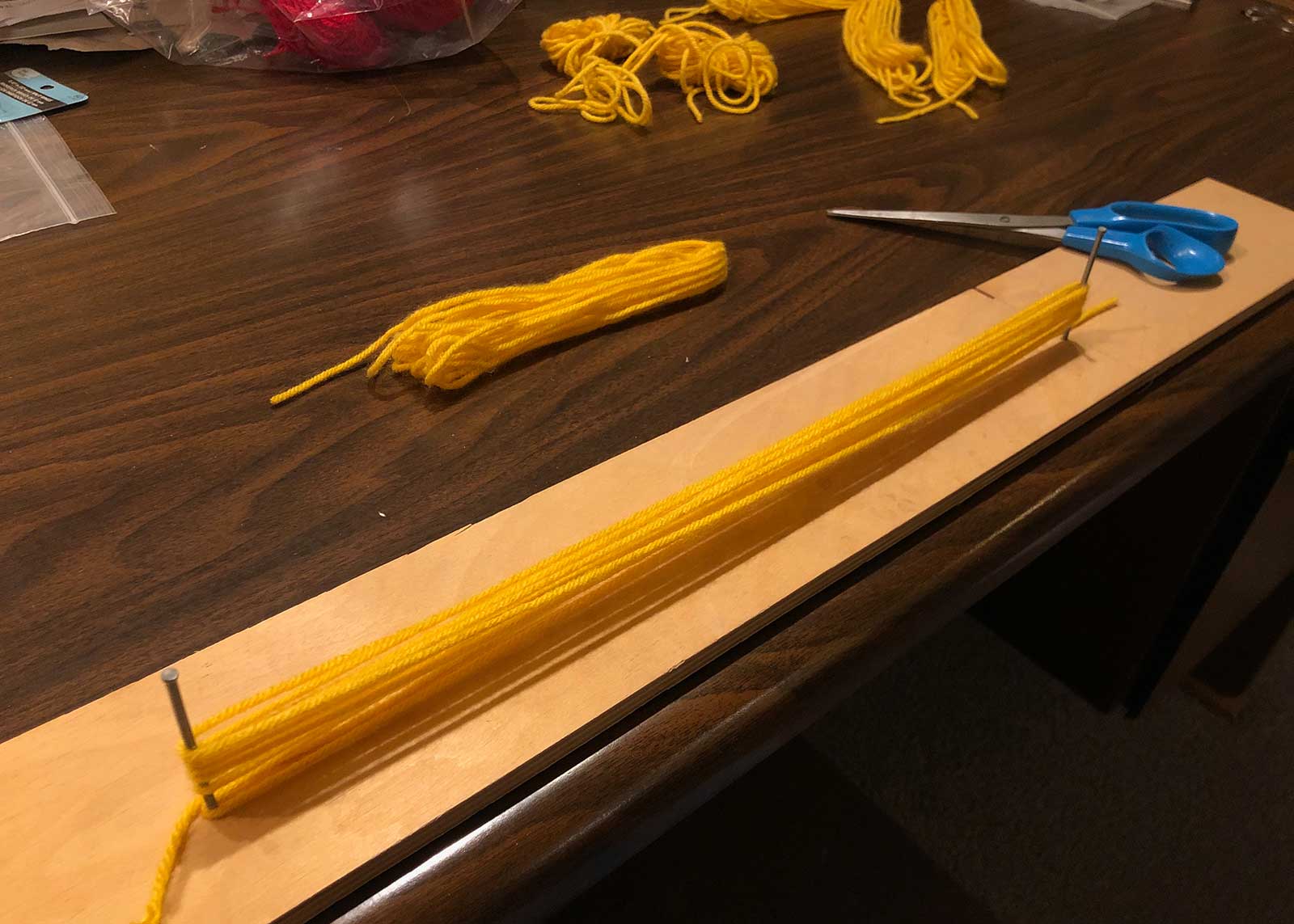
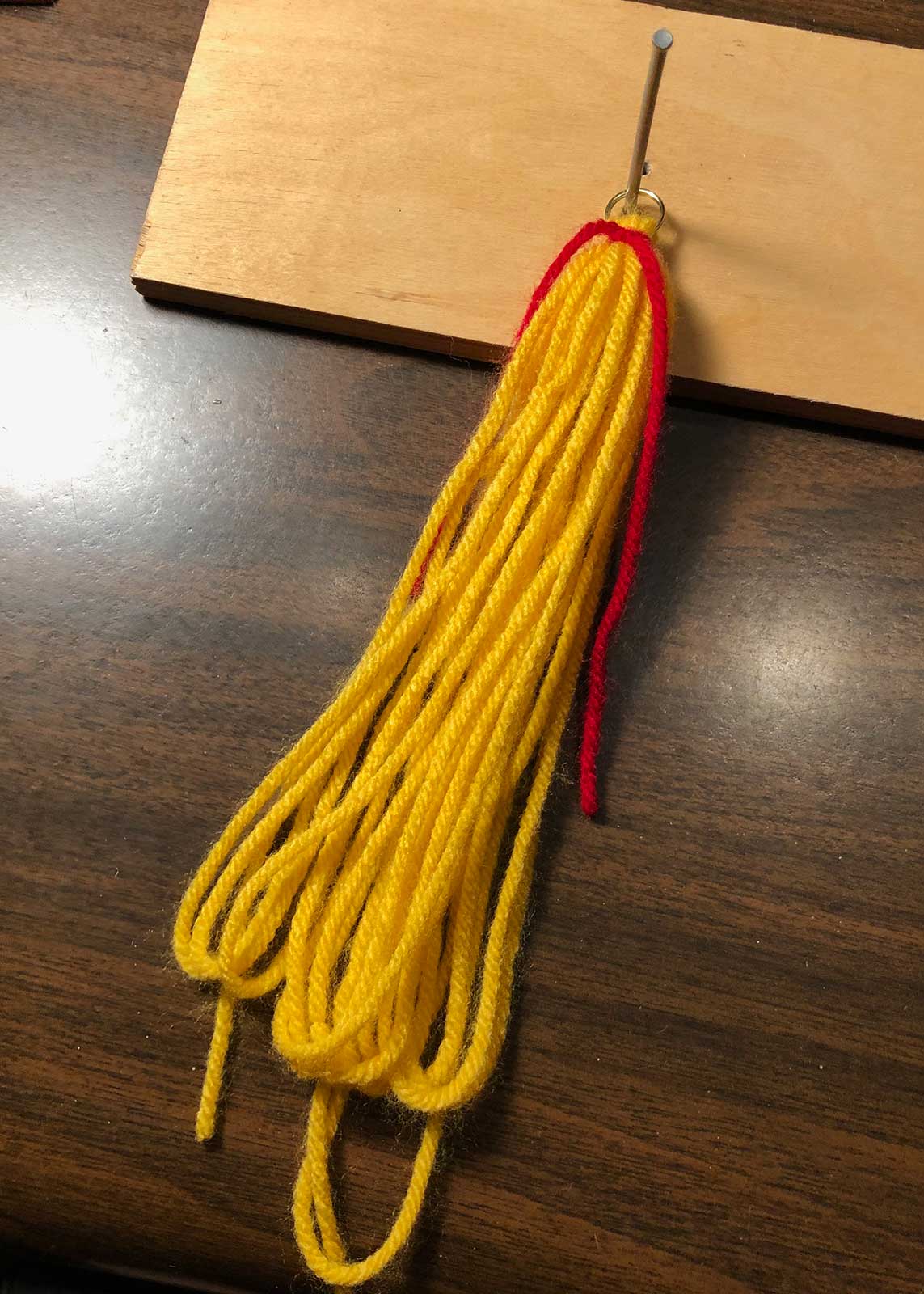
They have rubber bushings on the lines to protect the tassels and dampen any noise.
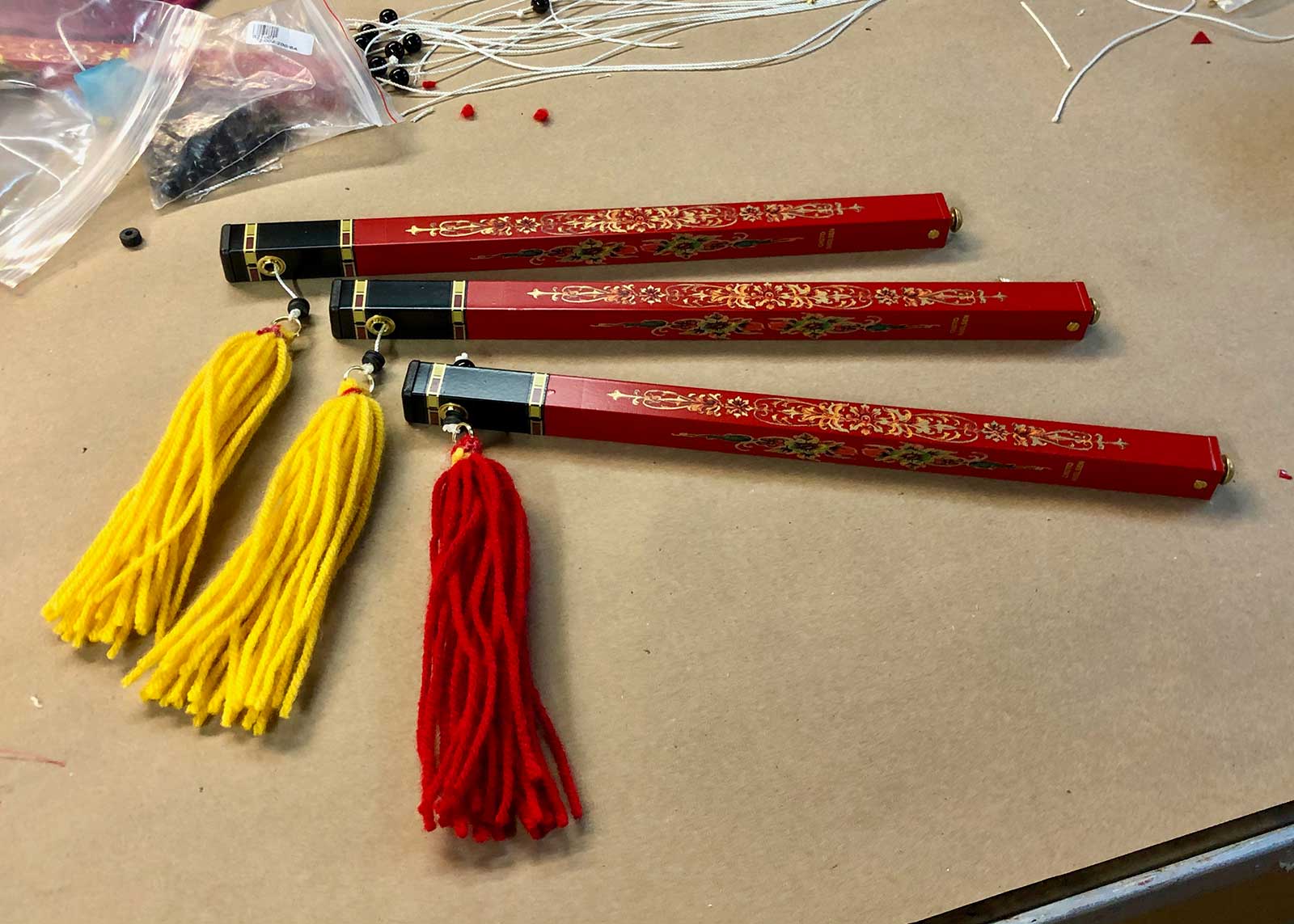
The sticks have a handcrafted carrying bag.
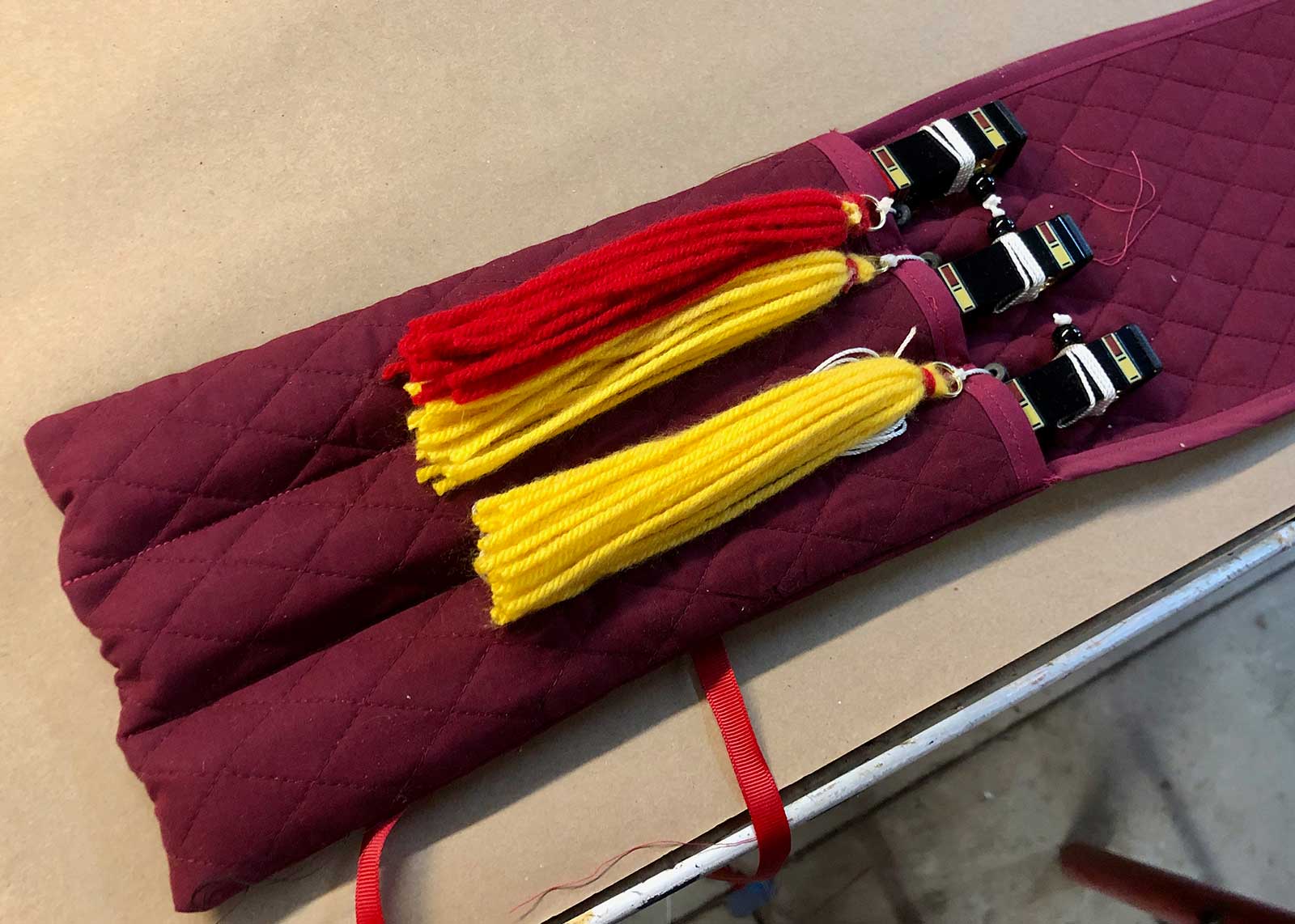
So there you have them, in addition to Bob’s labor, it took me five weeks to complete yet another batch.
We are really proud of this product, and love when magicians around the world appreciate them and use our brand.
Hope these little essays help you to appreciate the fine craftsmanship that can go into hand crafted magic props. It does take a lot of patience to make these. Fortunately, we love what we do.
(March 15, 2020)